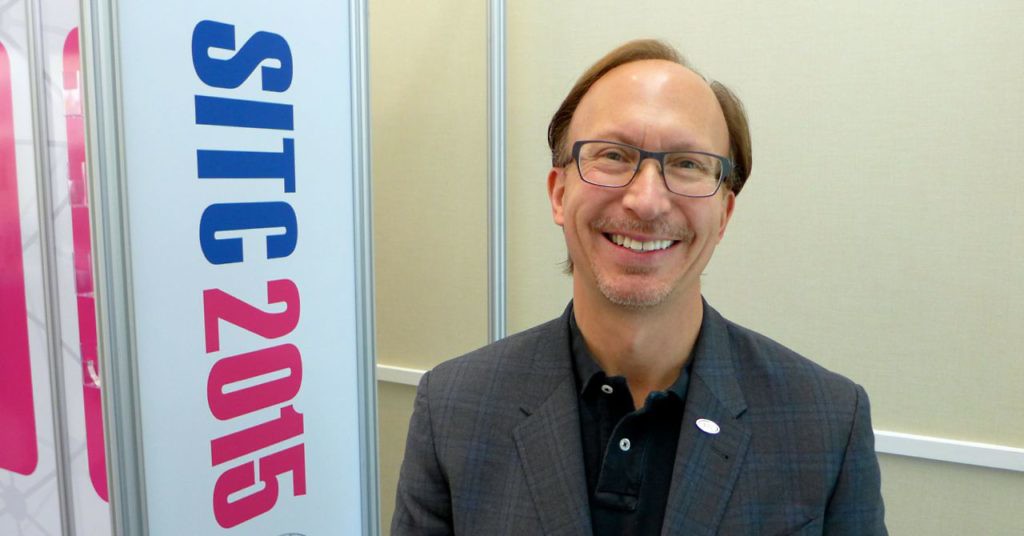AACR19 Preview of Cancer Immunotherapy Sessions – Part 2
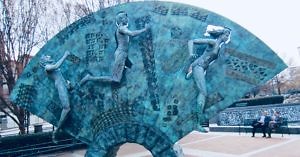
Centennial Olympic Park, Atlanta
In the first part of our preview we looked at the cancer immunotherapy related program from Friday through Sunday at the AACR 2019 (#AACR19) annual meeting at the Georgia World Congress Center (GWCC) in Atlanta.
This post looks at the program from Monday to Wednesday – you can find a review of the IO track for Fri-Sat here.
Don’t forget you can review the precise room details via the AACR meeting app prior to attending sessions as these are sometimes subject to change. We’ve based our posts on the preliminary program and it is highly likely there will be changes to meeting rooms, based on past experience.
If you’d like to read more about our current conference preview on cancer immunotherapy, subscribers can log-in to read our latest review of what’s going on or you can click to gain access to BSB Premium Content.
This content is restricted to subscribers

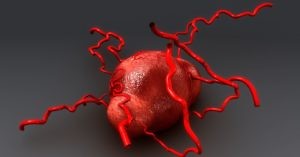 Recently there has been a glut of encouraging new research published on the topic of breast cancer that is well worth perusing as a group, since new combination studies may emerge from these kind of data.
Recently there has been a glut of encouraging new research published on the topic of breast cancer that is well worth perusing as a group, since new combination studies may emerge from these kind of data.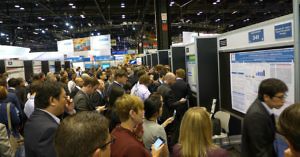
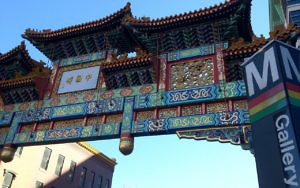 In the sixth Preview relating to the annual meeting at #AACR17, we take a closer look at an immuno-oncology topic that we are likely to see and hear more about over the next couple of years.
In the sixth Preview relating to the annual meeting at #AACR17, we take a closer look at an immuno-oncology topic that we are likely to see and hear more about over the next couple of years. What questions are BSB readers sending in to us this month?
What questions are BSB readers sending in to us this month?
 One of the interesting immuno-oncology presentations at the recent ASCO Genitourinary Cancers Symposium held in San Francisco from Jan 7 – 9, 2016 was presented by
One of the interesting immuno-oncology presentations at the recent ASCO Genitourinary Cancers Symposium held in San Francisco from Jan 7 – 9, 2016 was presented by 